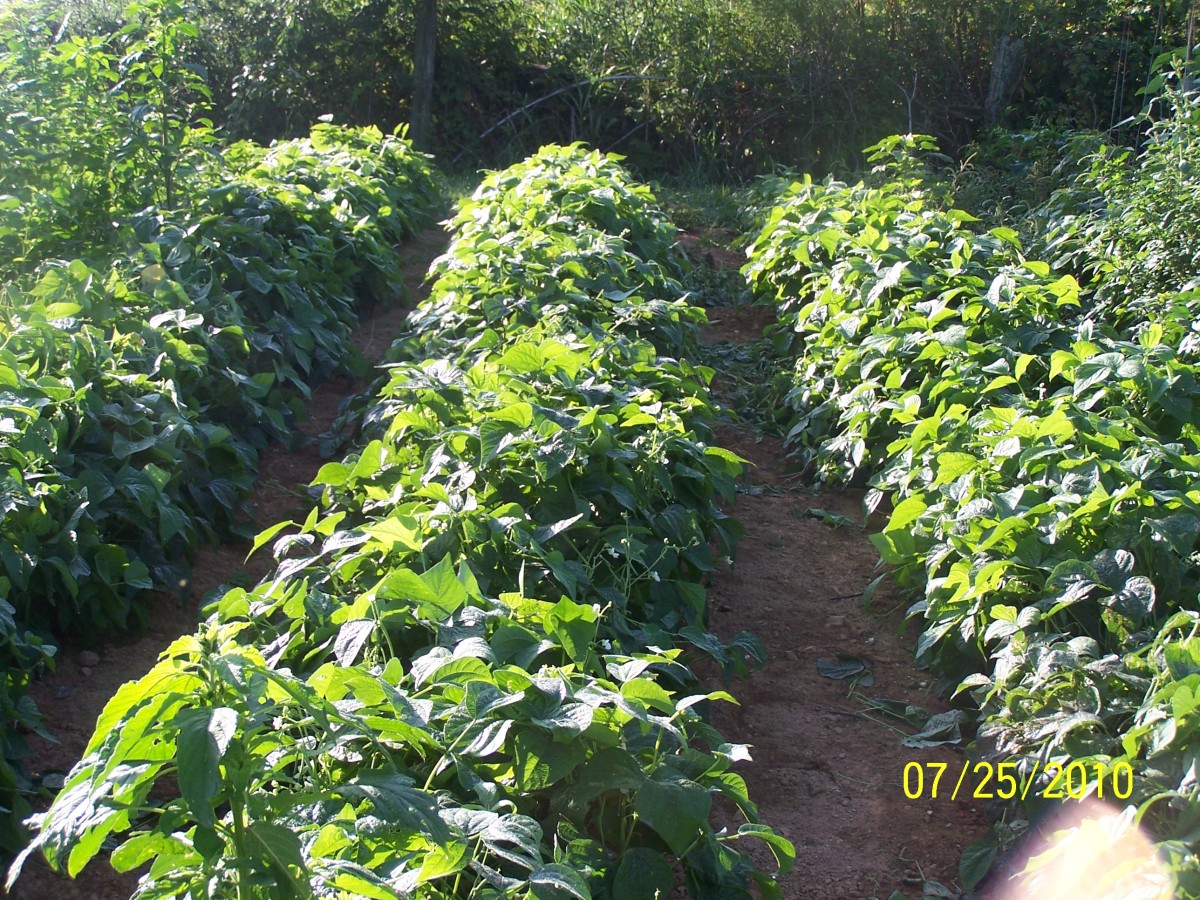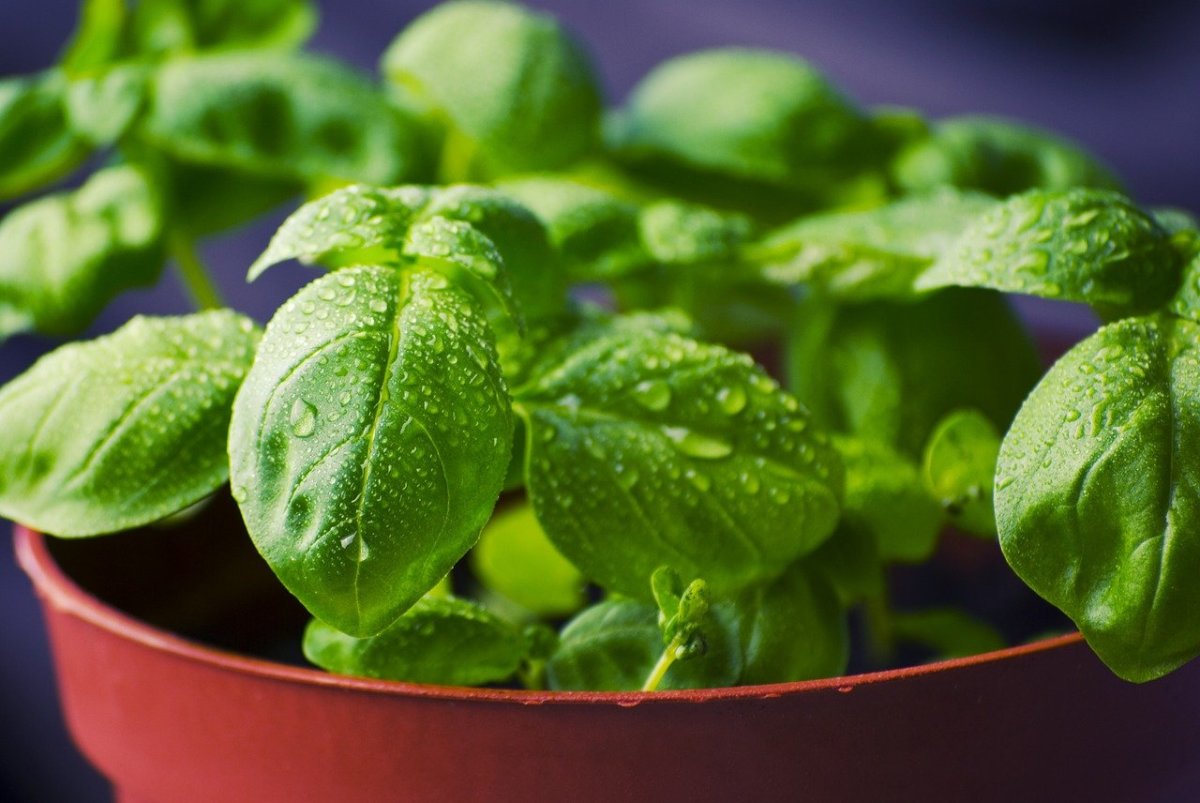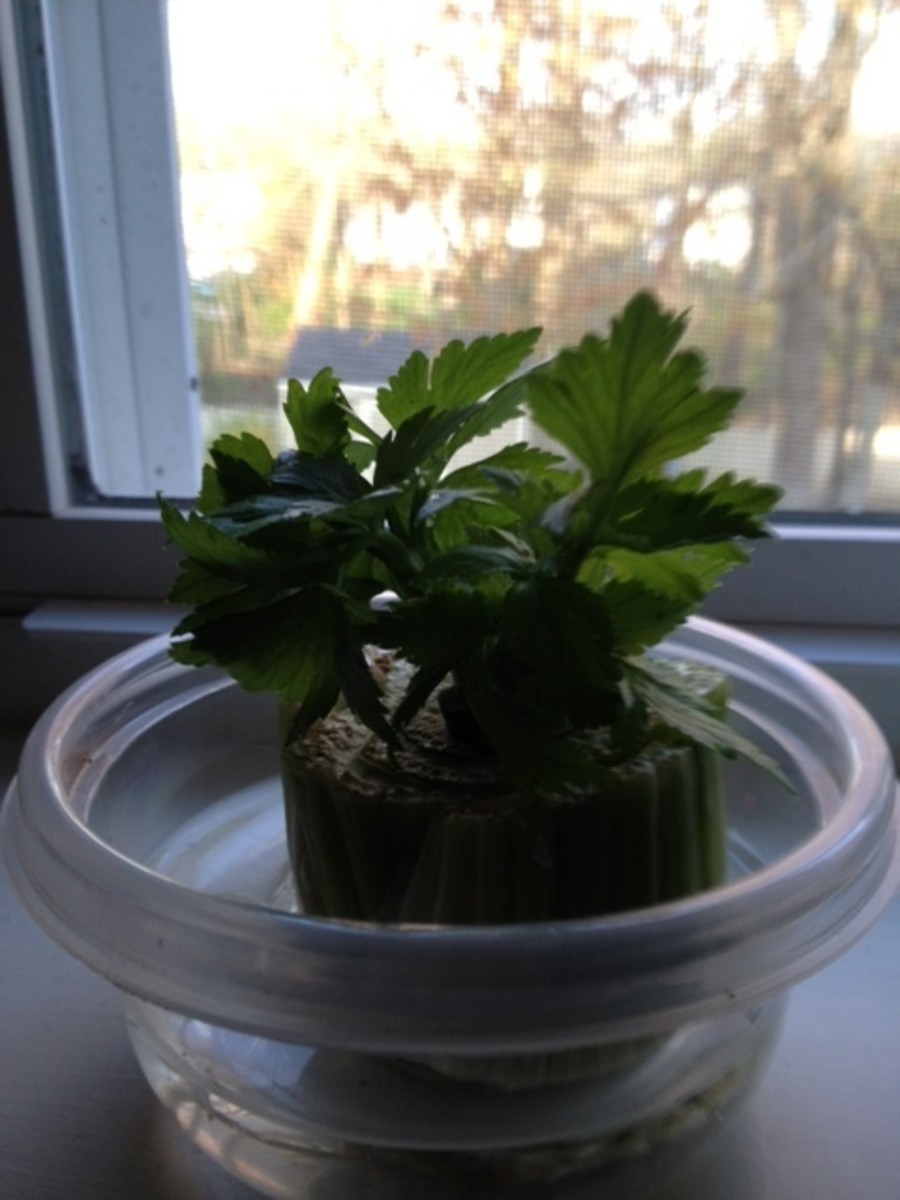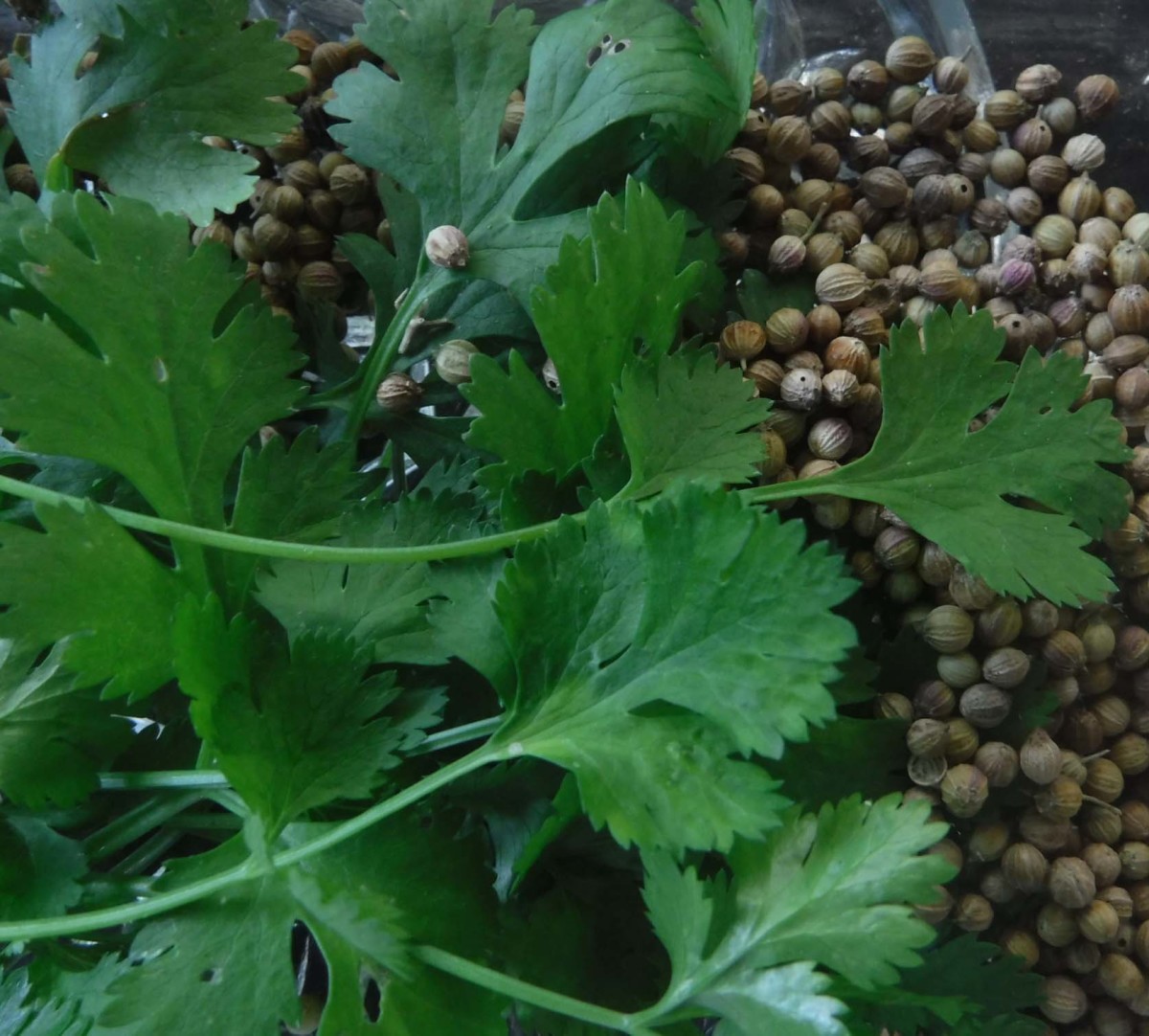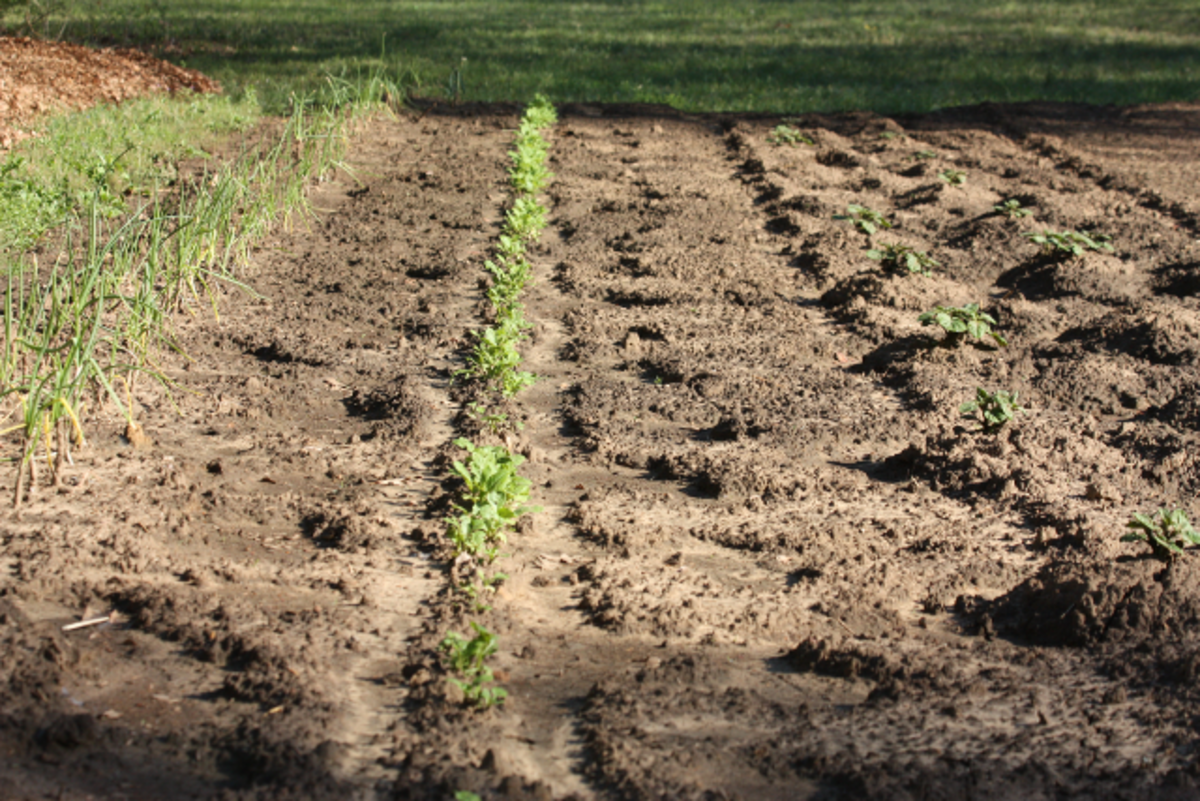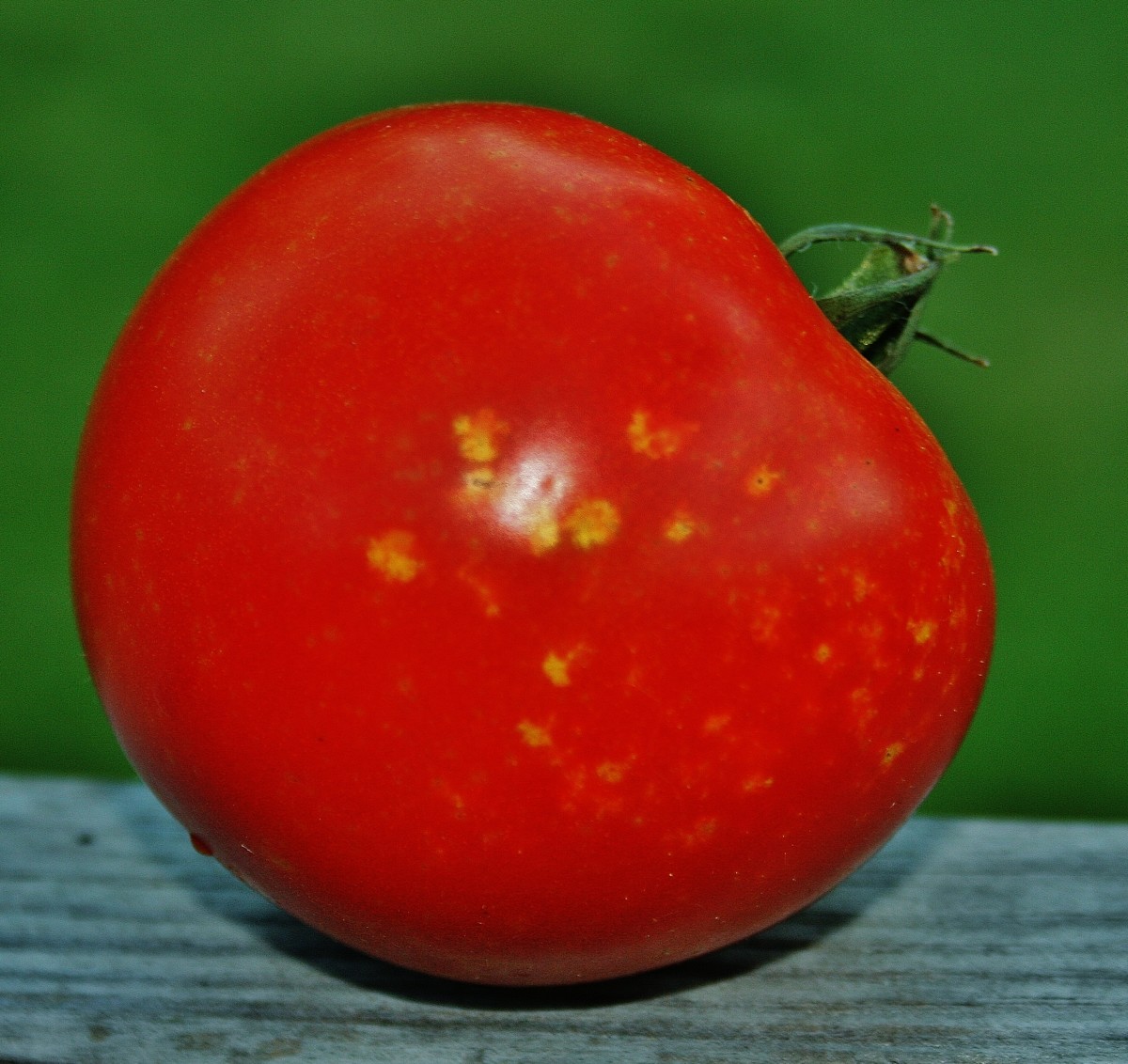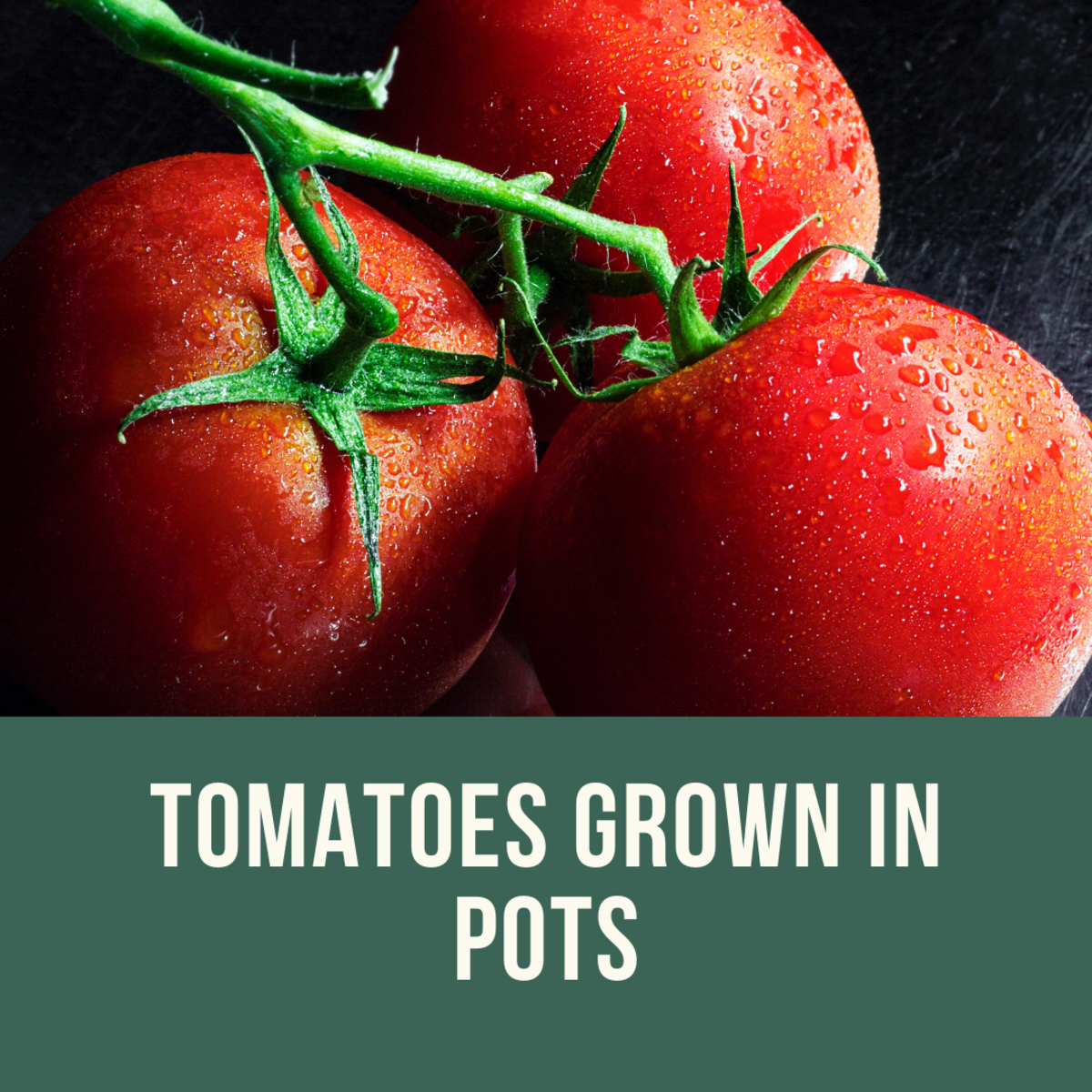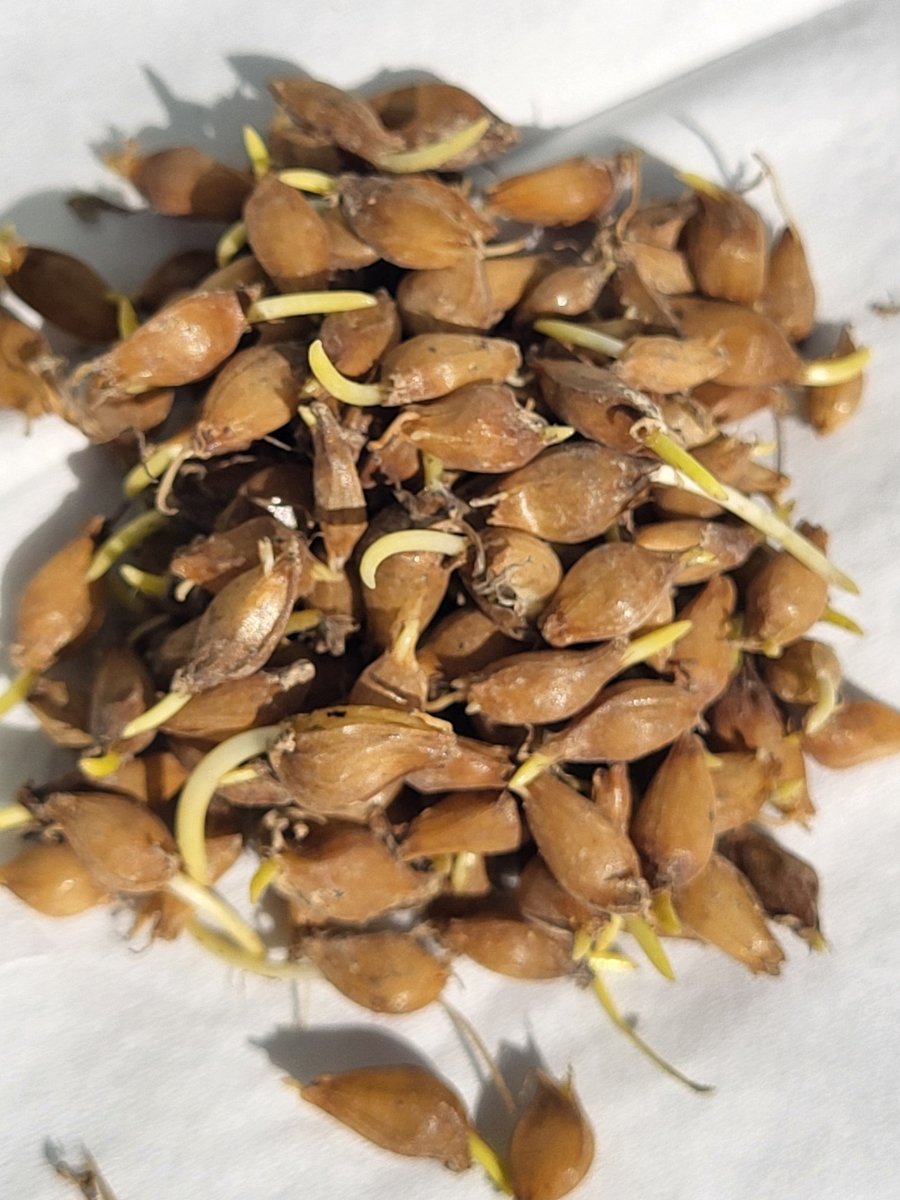The Gardener's Companion: Growing cucumbers and squash::Grow cucumbers upright
Vegetable gardeners the world over know these two crops as dependable producers of fine vegetables that help define your favorite summer recipes. The vegetable seedlings we hopefully buy and plant in the spring promise so much joy as they mature through the growing season to return a bountiful harvest of cucumbers and squash, freah for us to enjoy at our leisure. The vegetable gardener is able to feel the joy of knowing they have shepherded this wonder that adorns their summer table due to hard work and diligent care.
Some garden seeds are difficult to germinate, but not the cucmber and squash seeds. The vegetable gardener would be wise to cut their teeth on these as they rarely experience a failure to germinate. While it is easy to buy vegetable plants you should also experiement with growing from seed as vegetable seeds are inexpensive and produce so much from such a small package.
When you plan a garden, you need to have in mind what exactly you will put in the confines of your plot so you can plan to have sufficient space for everything. Some crops, like corn require a lot of vertical space, but not so much horizontal. Tomatoes can require a bit more, but nothing like the next group of crops I want to share with you, cucumbers and squash. This may seem an odd paring, but actually they have some similarities, including being part of the same family and neither has a particularly long list of instructions to have a successful crop, so they seemed perfectly poised to compliment each other here. You may not get how they are similar by the end of this article as that is not the intention here.
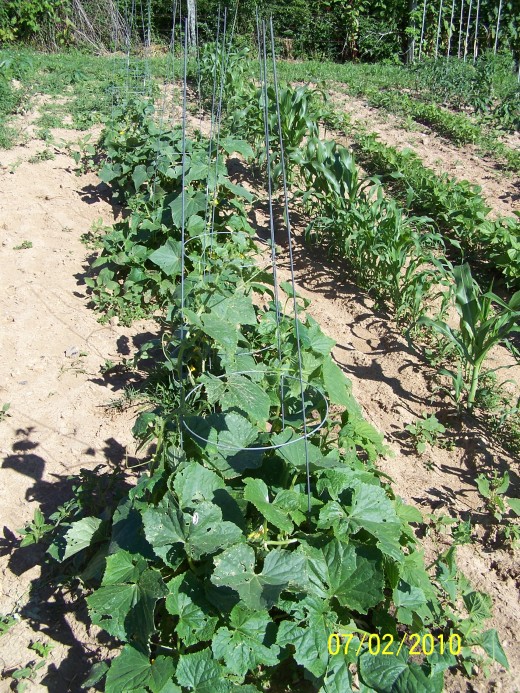
Cucumbers
First off, let us talk about cucumbers. There are several uses for these vegetables, including a component of salads; pickling, eating raw and inclusion in recipes that I will confess are not my forte. At my house there are never enough cucumbers, my nearly fifteen year old son will inhale three large cucumbers without batting an eye, so cucumber season is a happy time at out place.
There are many varieties of cucumbers, but they can be grouped into two kinds, those bred for pickling and those that are just known as your average cucumber. While any cucumber can be prepared and pickled, these varieties bearing the label have qualities that make them more useable, including a smaller size. You may ask at this point, how on earth do I pickle cucumbers? I think that is best left for a "How can I pickle" hub.
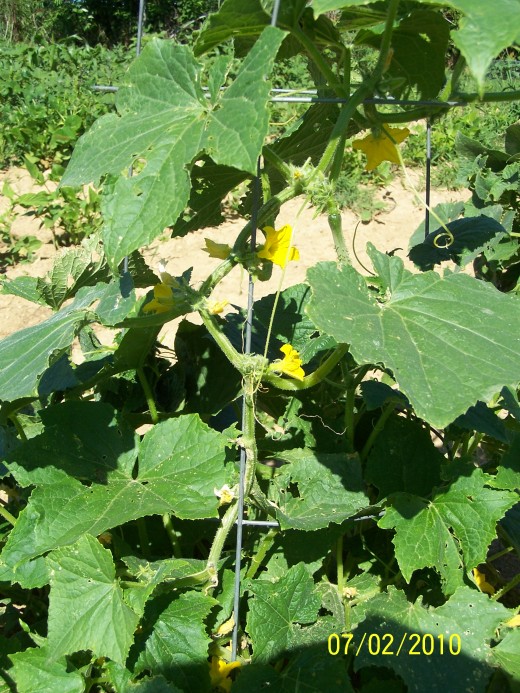
More gardeneing hubs
- The Gardener's Companion - Essential garden tools
Every gardener has their own arsenal to tools to put to use when the weather warms and the birds begin to sing, heralding the approach of the growing season. If you poll 100 gardeners you will likely... - The Gardener's Companion:How to grow potatoes
Of the many vegetables you will put in your garden, perhaps none is so versatile at the potato or none easier to grow. Truly if you can get these guys in the ground, you are guaranteed to have a great reward...
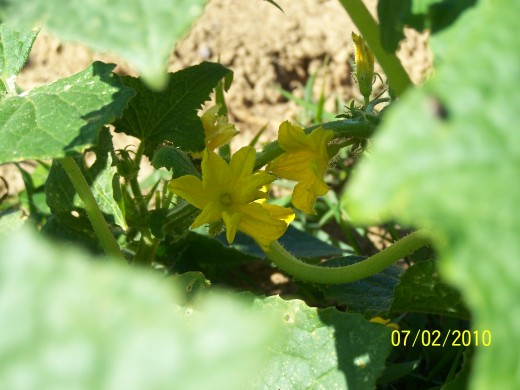
- The Gardener's Companion: How to grow green beans
One of the staples of our garden each year is green beans. In truth it is the one of the few green vegetables my children will eat. Plus, my wife and I grew up in families that included this vegetable in...
Planting
Cucumbers can be planted two ways, either as seeds or as seedlings. Of all the different garden seeds, I find cucumbers to fairly easy to manage, due to their size. Even with several in your hand you can usually separate one from the lot using just your forefinger. Anybody with gardening experience knows some vegetable garden seeds are nealry impossible to easily plant without having clump of plants germinate together.
If you choose to plant seeds, you need to determine the safe date to this according to the freeze and frost guidelines for your area. These plants will be tender and subject to damage if not destruction in weather that is too cold. Even the seedlings you purchase at whatever you choose to be your garden plant source will not be prepared for large drops in temperature.
Either the seed packet or plastic tag that accompanies your purchase will provide guidelines to how long it will take for your cucumbers to mature. As with all crops this is a guideline and will be influenced by your soil, moisture and weather conditions. It is wise to allow for a ten day to two week variability on this estimate.
When planting the seeds or plants, most people will use a hoe to create a hill, or mound in which to plant whatever they choose as their preference. This gives your roots room to grow and will make it possible for you to provide mulch or another item on to pf the plants to help preserve the moisture in the soil during the hotter parts of the growing season. As you plan for this area, allow room for the vines to “run” as they will usually trail out from the plant up to three feet or more.
Seeds From Amazon
- The Gardener's Companion: Using a Roto-Tiller
For a gardener, there are a few essential tools to make your task possible. The most basic is the garden hoe, which is used to chop weeds, make rows in the plowed earth and cover seeds after they are...
- The Gardener's Companion - How to grow wave petunias
During my time as a greenhouse owner I had numerous customers come to my place looking for something easy to grow that would be hard to kill. Obviously, with any plant, there is the potential to not meet...
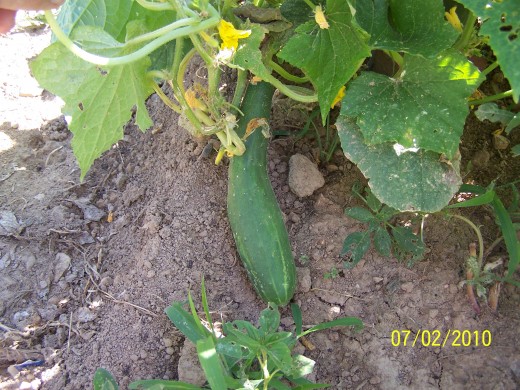
Harvesting
Once the plants begin to bloom, you can expect the fruit in about a week, provided your precipitation is sufficient. Be careful when you go to harvest, as the vines will have little tendrils that try to adhere to whatever is nearby and if you pull on the vine too hard it will break, damaging the plant. Even with this concern, you must harvest, or the fruit will grow large, become bitter and be of no use. Also, by harvesting you allow the smaller fruit to receive more of the energy of the plant previously devoted to the bigger fruit.
Basically, you jest need to wash the fruit before enjoying it, as most of the time the cucumber will be in contact with the ground. It is possible to “train” the vines to grow up vertical slopes if space is a concern. You must provide a sturdy structure and still keep in mind the importance of harvesting to ensure a great crop.
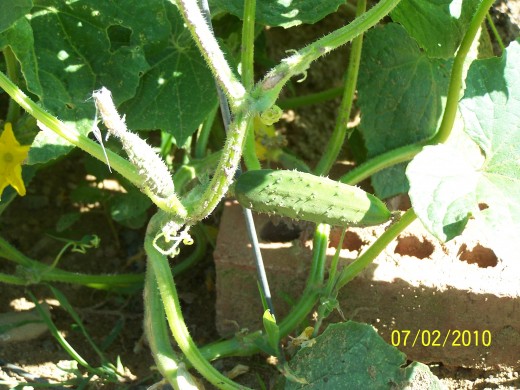
Squash and Zucchini
Similarly, squash and zucchini are of the same family, but have a bit different growing habit. While they also can be grown from seed or plant, they are not crawlers, but have an upright growth habit, but will require at least a two foot diameter growth area. It is acceptable to plant these crops near each other if you want to conserve space in your garden plot.
Squash and zucchini will differ from the cucumber in that their fruit is not going to develop from blooms along the vine, but will instead come from the base of the plant. The blooms of these plants are a bright yellow and are generally very large. As the pants begin to mature, they will become large and produce a lot of fruit in a short time. Like the cucumber, if you do not attend to them daily you will miss a lot of good produce. The taste for these is better if they are picked within a couple of days of growth usually when they are five to eight inches long.
Good luck in your garden adventures and invite me over for a salad, will you?
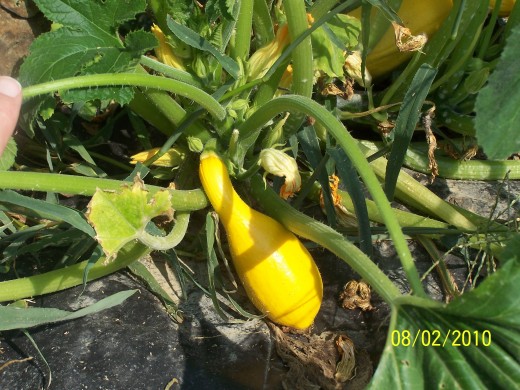
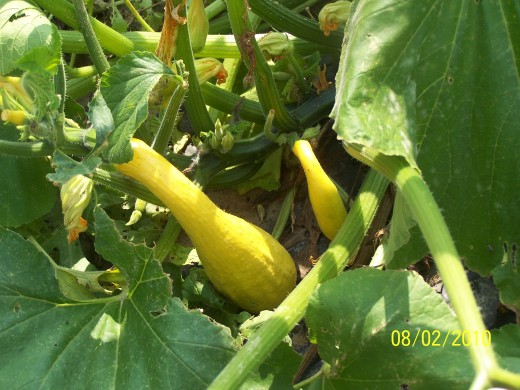
- The Gardener's Companion - Using a string trimmer to keep your yard in check
Cutting the grass on your lawn is a job everyone is familiar with. You can employ the use of either a riding lawn mower or a walk behind or push mower to handle a majority of the real estate you are... - The Gardener's Companion - How to use a lawn mower
As the weather begins to warm in my neighborhood there is a set of familiar sounds, smells and sights that delight the senses and herald the official start of spring and the growing season. It will sound...



